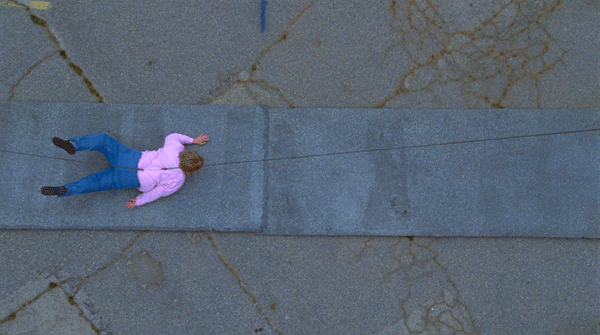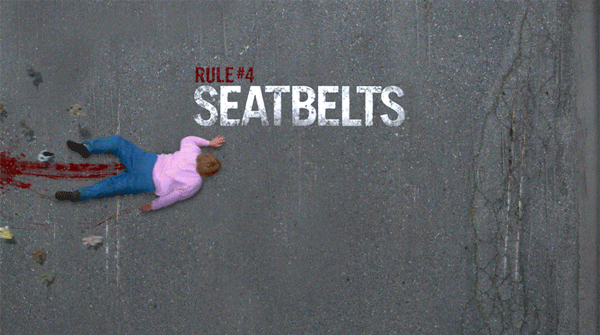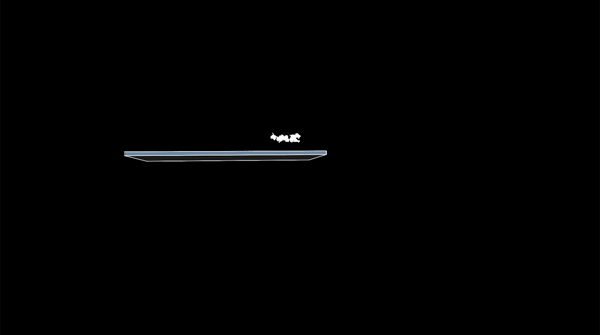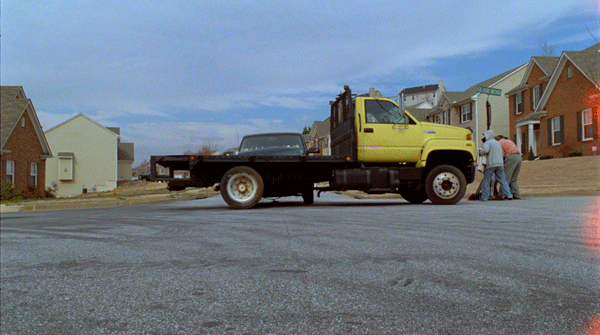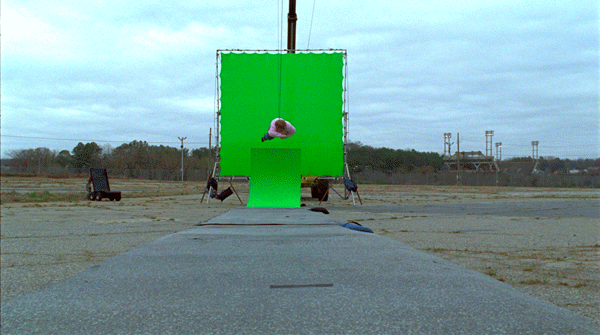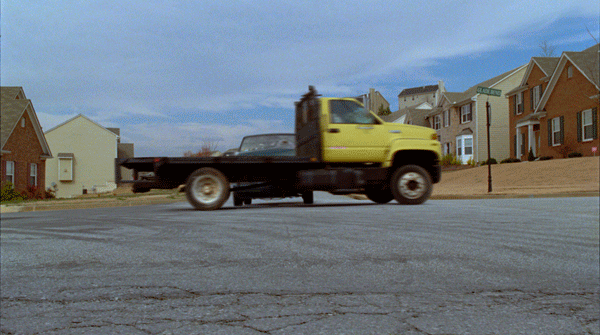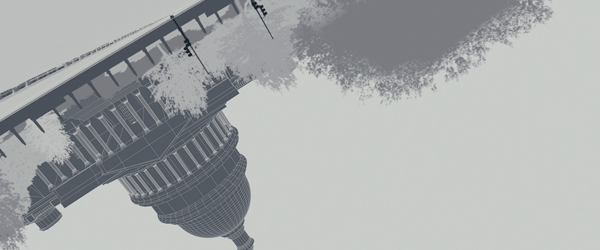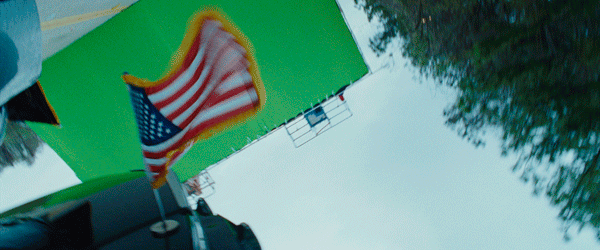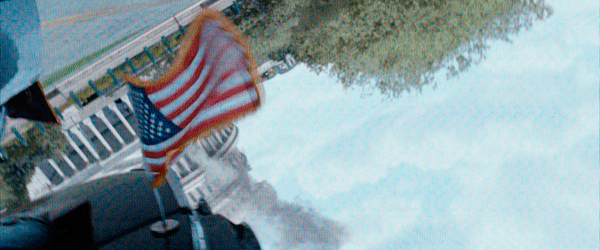Mark Breakspear tells VFXWorld what it was like making a zombie flick.
Check out the Zombieland trailer at AWNtv!
After working on Rome environments for Angels & Demons CIS Vancouver did nearly 110 shots for the wild and gory Zombieland (directed by Ruben Fleischer), including a "seat belt" lesson and the opening 90-second shot in semi-deserted Washington, D.C., which is all CG. Mark Breakspear, CIS' visual effects supervisor, tells all.
Bill Desowitz: So, what was it like working on a zombie movie?
Mark Breakspear: Well, it was a lot of fun. Like any small budget show, they still have the same big ideas as big budget shows. We started talking to Paul Linden, the overall visual effects supervisor, about the kind of work that they had and at the time it was some driving composites, but then the movie developed, as we knew it would, and suddenly there were a bunch of CG shots that they wanted: some environments and this great shot.
BD: And what was that?
MB: The basic premise of the movie on one level is that the main character has all these rules for surviving in a world of zombies. And they show us these rules with a mixture of cool effects plus graphics; go into the environment, sort of like Fringe. So we have some shots like that. Now one of those shots is called "seat belts," and the rule for surviving in Zombieland -- or for surviving life in general -- is to wear your seat belts because you never know what you might hit and you don't want to die because you get into a traffic accident and then the zombies come along and eat you.
So they illustrate this by showing a shot of a woman driving away from some zombies in panic -- actually, her zombie children. And she floors the gas and flies down the street and out of nowhere comes a truck ambling down the street. She hits it on the side, flies through the front window in slo-mo, screaming all the way, with all the contents of the car traveling with her, which happen to be in this case, beanie babies. And she comes down, in slo-mo, her head hits the pavement and blood splays out of her head and all of the beanie babies fly past the camera. And it's one of those shots that you think is gonna cut at any moment so you don't see the gross part, and it doesn't: it lets you experience the whole thing, the whole way, which was really, really cool. Then you cut to an above shot and you see her sliding along the ground, leaving a big trail of gore and blood.
BD: That's quite a change of pace for you.
MB: Yeah, it's a fun romp around America heading towards this theme park, where they all seem to want to go. They've heard there are no zombies there, which couldn't be further from the truth. And this fantastic battle ensues in this theme park.
BD: And talk about the opening shot.
MB:
It's this introduction to Zombieland and it's a documentary-style guy just filming and describing how America has been destroyed and he's looking at the Presidential limo, which is upside down, and flags flying and you see the capitol building in the background and it's burning, and there's smoke and fire everywhere on the buildings and there's blood on the ground and you pull back a bit further and suddenly you hear this noise and it swish pans across and you see a zombie jump over the Presidential limo and almost down on top of [this guy with the camera]. He starts to run away -- it's all one shot about a minute long -- and the zombie finally catches up to him, pulls him down on the ground, tears him apart and eats him. So if you can make it through that…
BD: How did you pull that off?
MB: The initial plan was to film somewhere in Washington and we figured we'd have to matte paint the capitol building in the background. And we may have to add some smoke and fire as well. So we budgeted accordingly. But what happened was they decided to shoot this whole thing in the parking lot in the middle of what we could tell was a forest. And so they had the upside car, the road and the zombie chasing a guy with a camera. And reflected in the car is the crew. A greenscreen covers maybe 10% of the background and the rest is the minute-long of tracking and roto. These things happen on set and Paul was very apologetic. We looked at it and asked what we could do, so that shot turned into a full-CG environment. So a few of us went to Washington, led by our CG Supervisor, Earl Paraszczynec, and did a set survey essentially of the same location they want this to take place next to the capitol building. And so over the course of about three days, we took thousands of photographs in order to build an accurate model of that environment, project our images back onto it and then, meanwhile, in the background, we had a team of trusted roto people cutting everything out of those 1,800 frames. And we did all the roto and then they changed the cut on us, so we had to retrack and do the roto all over again.
BD: What happened?
MB: When they shot this, they didn't quite know where the capitol building was going to be, but they did give us stills [for guidance]. The problem is that without doing that in a true 3D space, you have a capital building that has to be an accurate size to look real and they placed it based on where they wanted it to look cool. If you wanted it to be in those positions, you would need the capitol building to move freely in 3D space throughout the entire length of the shot. But then when you play it, it looks like it's sliding around on wheels. So we had to find a middle-ground. At the end of the first shot, the camera's fallen and the guy's being eaten. They wanted the capitol in frame between the zombie and this guy. So we started there and worked backwards. It wasn't too bad, but it's a very difficult thing explaining why you can't make something on those frames when they're only considering the five frames of reference and not the 1,795 other frames that are in the shot. So that's part of the challenge. I think it was a very frustrating process for Ruben because they planned it and shot this plate and then we told them that an 1,800-frame shot with a full CG environment is going to take X number of weeks to go and we've got to do tracking and we did what we could to give them something in comp to stand in for the preview since it's the very first shot of the movie.
BD: And what was that?
MB: We made a matte painting -- a cyclorama -- and put that in there. And what always happens is they start to fall in love with the cyclorama because they watch it 300 times an hour in editorial. And then when we give them the first CG version, which is like a million times better on so many technical levels, they hate it because it's not like the cyclorama. Anyway, we had to convince them that the less good looking version of the temp was actually a much better step along the way to getting a final. It's always a tricky thing to do, but we got them to understand the process and Paul understood that and was our advocate. Over the course of about eight weeks, we took the shot from looking like it was a parking lot in the forest to looking like we were in the middle of Washington, D.C. and we're being chased by a zombie. So we were very happy with the result in the end.
BD: What tools did you use?
MB: We took all our photos with a Canon digital camera, we did all our tracking in boujou and all our roto we did in Shake. All our 3D was done in Maya, rendered through RenderMan but we could not get the look we wanted in RenderMan for some of the scenes so we switched over to mental ray about half-way through the show. We also dabbled with a plug-in called Glass for breaking things, but we ultimately found that it couldn't handle the complexity that we wanted. So we built our own system for doing that using Maya and were provided with a really workable solution time wise. Then we composite everything in Shake and viewed everything using FrameCycler.
BD: So, it sounds like you had a lot of fun dabbling with zombies.
MB: The funny thing is, in visual effects, you're able to take from project to project so many lessons that you learn, that it doesn't really matter what the movie is. Things I learned on Zombieland will go into the next serious movie and, no doubt, the next one after that.
Bill Desowitz is senior editor of AWN & VFXWorld.

